_01.png?crc=4174553115)
Cover Story
Research
People
Books
Archive
Download PDF
Download PDF
E-book version
Teaching
and Learning
Knowledge
Exchange
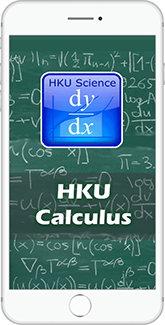
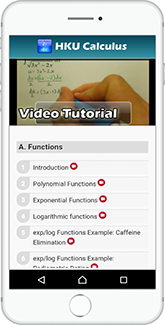

How long does it take a burning cup of coffee to cool down to a drinkable temperature? At what point will a multiplying population of bacteria in a glass of orange juice become harmful to someone who consumes it? What is the best way to manage traffic flow through a set number of toll booths?
Questions like these, drawn from everyday life, have become a solution to a problem facing teachers of the first-year ’Scientific Method and Reasoning’ course.
When Hong Kong education was reformed in 2012 to add a year to university education and subtract one from secondary school, they faced a wide disparity in maths knowledge among their students. Some had taken up the option of additional maths courses under the new high school curriculum, but the majority had not. Since ’Scientific Method and Reasoning’ was compulsory, the teachers had to find a way to bring all students to a similar level of knowledge and understanding.
“Our job is to equip students with basic quantitative techniques and a good sense of data literacy so they can look at problems from a quantitative perspective,” said Dr Eddy Lam, who leads the teaching team. “At the same time, we wanted our course to meet the University’s educational aim of tackling ill-defined problems.”
Ask the right question
Their efforts entailed two key things. One was infrastructural. They set up an e-learning platform with 45 videos of three or four minutes each to explain key mathematical concepts. Each video also has associated exercises so students can test their knowledge.
“Rather than everyone sitting in the same space and time and following the same lecture, they can learn by themselves. If they find the work easy, they can skip ahead. If they need more help, they can read more at their own leisure and take their time,” he said. The videos have also been developed into an app that is accessible to the public.
The second thing was to introduce content based on real-life cases that do not readily fit into an equation out of their textbooks. Initially, students are provided with examples such as the coffee question above, which came from a court case in which a customer tried to sue McDonald’s because their coffee was too hot.
Students are subsequently expected to come up with their own examples and frame questions that they can answer with data. For instance, one student project tried to determine the best time to find a seat in the Chi Wah Learning Commons, which also had to take into account the fact students save seats for others. Another group set up a data-based experiment on whether switching lights on and off wasted energy, after being admonished by a parent not to do so.
But even when students can frame their questions, they may have difficulty interpreting the data. Some see only the equations, not the implications, which are not always precise, said Dr William Cheung, who is a member of the teaching team. “A lot of students think that every question must have an exact answer in university education, but this is not how the real world works. We try to help them find their own answers. I think this is the main goal of this course.”
Collaboration off-shoots
Students are not always keen on the approach – some still want to be spoon-fed content, he said – but overall the course has succeeded in bringing all first-year science students to a similar level of data literacy. That success has inspired the teaching team to share videos with other programmes that also require students to work with data, such as biology, psychology and education. In addition, after presenting their work at the 13th International Congress on Mathematical Education in 2016, they have started discussions with overseas counterparts on setting up a shared database of teaching materials.
The course is also continuing to develop. Dr Rachel Lui, who has been active in developing these initiatives and teaching the course, has also set up a related Facebook page where she responds to individual students – an important personal touch given more than 300 students are enrolled in the course – and has livestreamed a revision lesson.
“We are now developing a game for the course where students can get materials to build a spaceship when they answer a certain number of correct answers. There will be at least seven levels of spaceships for them to build and they can collaborate with other students who have answered correctly. We also want them to compete to see who can build the most spaceships,” she said. The beta version of the game will be ready for take-off in the next academic year.
Dr Lam added: “This course has forced us to look for opportunities and solutions. Maybe if we had an easier course to teach, we wouldn’t be doing so many new things.”
Next
The teaching team – (from left) Dr William Cheung, Dr Eddy Lam and Dr Rachel Lui – received the Faculty Award for Teaching Innovations in E-learning in 2017.
The teaching team has transformed the e-learning platform into a mobile app, which contains video tutorials that are five to 10 minutes long and are accompanied by automated quizzes, for bringing the knowledge of calculus to more interested learners in the general public.
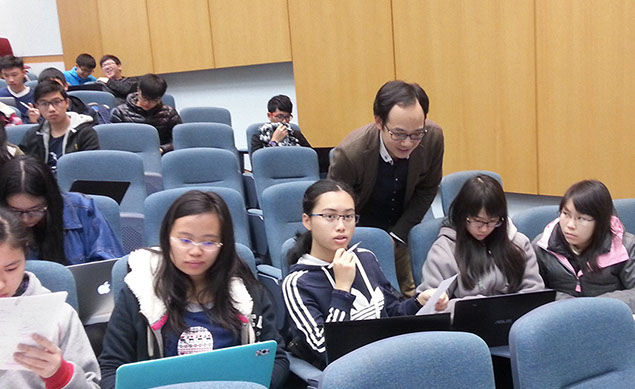
Maths In The Real World
A compulsory course for first-year science students asks them to go beyond their textbooks and learn to apply maths in the real, data-driven world. It also solves a problem for their teachers.
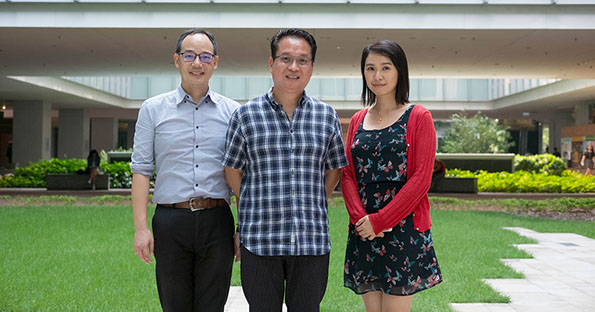
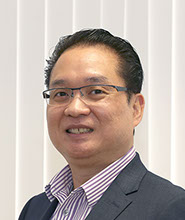
![]() Our job is to equip students with basic quantitative techniques and a good sense of data literacy so they can look at problems from a quantitative perspective.
Our job is to equip students with basic quantitative techniques and a good sense of data literacy so they can look at problems from a quantitative perspective. ![]()
Dr Eddy Lam
Students actively discussed the course materials while flipping the classroom.
_12.png?crc=3983972701)